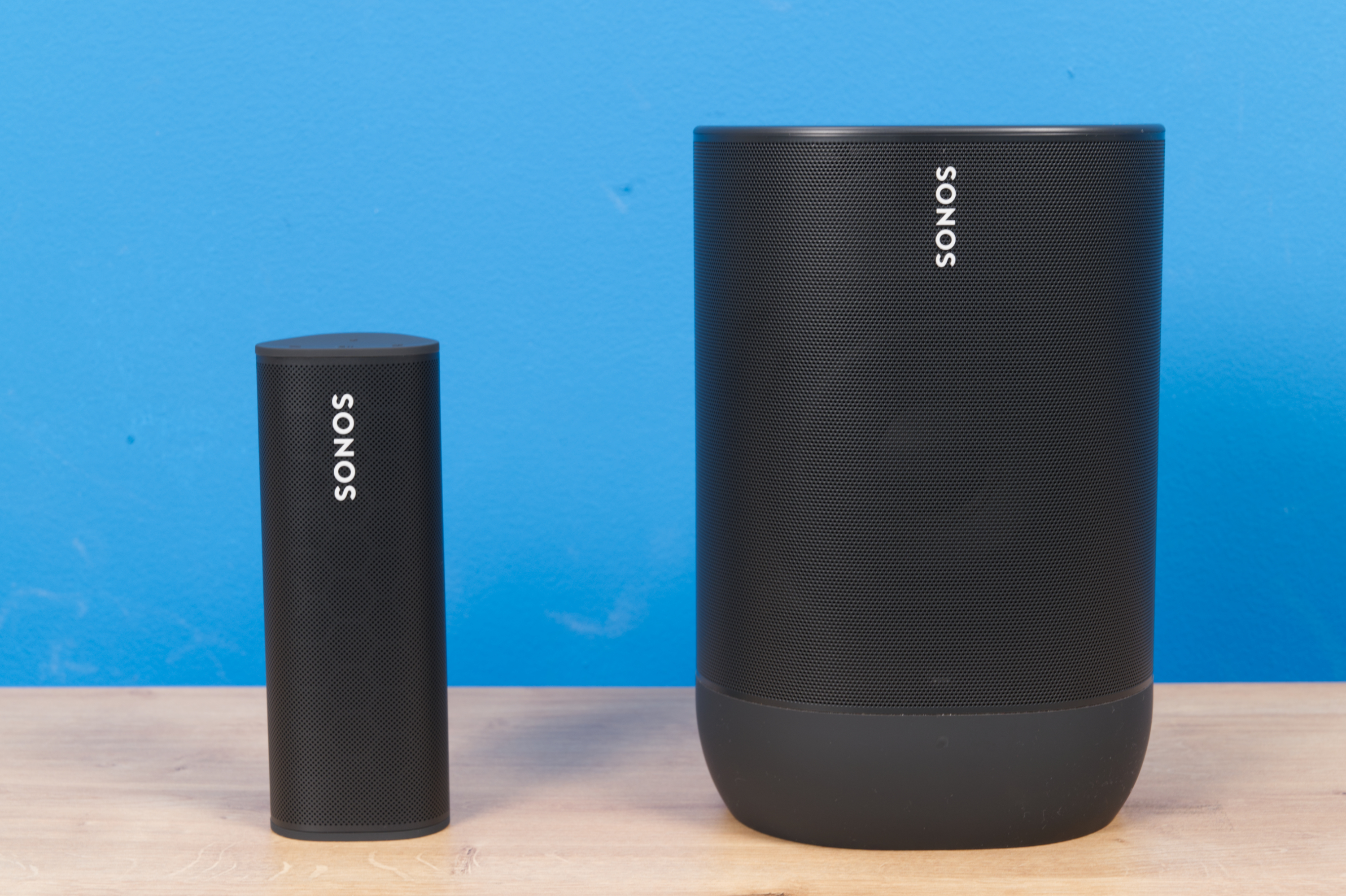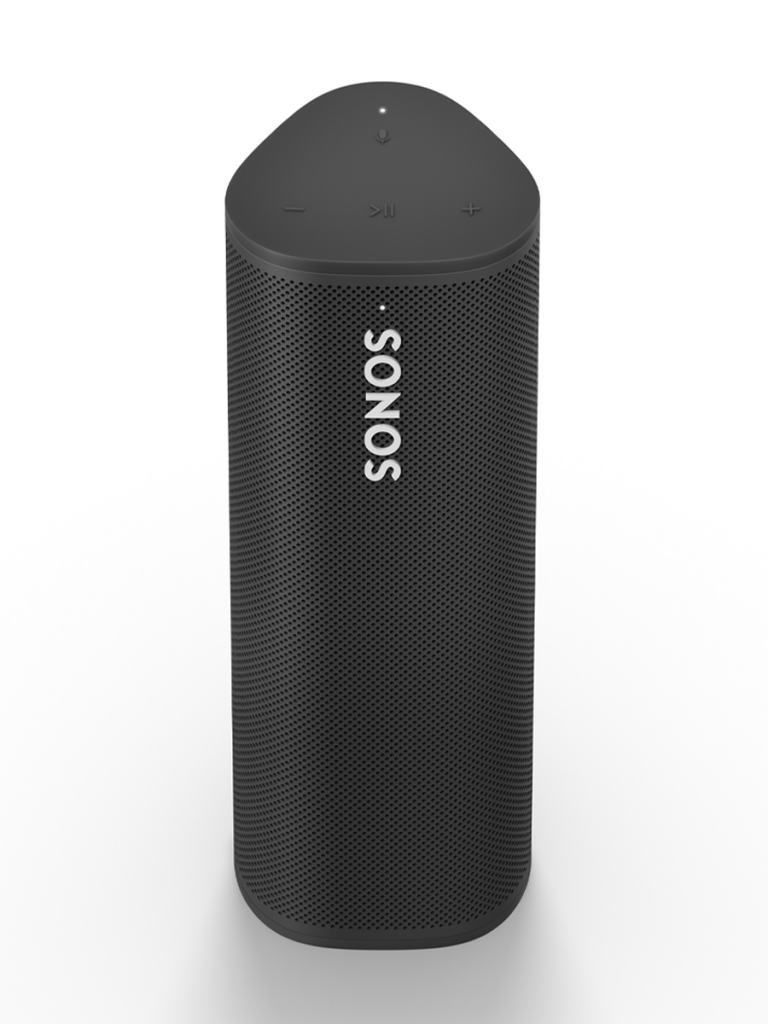

And while both are smart speakers, the Move is among the best smart speakers you can buy.
SONOS ROAM V MOVE PORTABLE
It helps when a portable speaker is versatile, like the Roam is, which could also fit right in with the best Bluetooth speakers available. You will likely switch between Wi-Fi/AirPlay 2 and Bluetooth more often with the Roam because your home Wi-Fi makes the Move easier to play content to if it doesn't venture out of your place. They each have the same DNA within them, albeit with power differences that you should expect. That's the real contrast between the Move and Roam. Doing it with one that feels about as small as a water bottle comes off as effortless by comparison. Naturally, lugging around a speaker that weighs over six pounds isn't going to feel convenient if you have to do it all the time.

It's an easy choice if your needs are simple. The Roam is that speaker you take with you to an outdoor excursion or when you want to bring the tunes with you wherever you go. The Move can get louder and pump out deeper bass, so if you want a speaker you can use for those purposes, it's a good way to go. They don't sound exactly the same because they physically can't. Sonos did right by them both in how good they sound. It's one of Sonos's signature speakers because it can play loud and clear, making it among the first choices for a home's mobile speaker.įor that reason alone, the Roam isn't really competing against the Move, but rather similar speakers from other brands. It's even bigger sound than the Sonos One, so we're not talking about pedestrian audio performance here. If you were to pick a speaker to fill a room, the Move would win that battle all day long. The Move doesn't feel as seamless, but that's not necessarily a bad thing. The one catch is that the music also continues to play on the Roam too. Just hold the play/pause button, and it does it automatically. The Sound Swap feature lets you transfer audio playback over to the nearest Sonos speaker in your system. For instance, take it with you when leaving home, and it will switch to Bluetooth once out of Wi-Fi range (provided you already paired it via Bluetooth). For example, it will automatically switch from Wi-Fi to Bluetooth, depending on the device or connection. To add to the convenience, Sonos made the Roam a little more versatile. What made the Move so convenient from the start was that it made the Sonos listening experience more mobile within the home. You could always adjust that with the basic EQ in the Sonos S2 app, where sliders for bass, treble, and loudness are there to work with. The focus is on fidelity over drowning out the noise, and the speaker is better for it. Sonos never intended the Roam to be super loud, just super clear, and that's where the two speakers are the most alike. It won't get as loud or thunderous as the Move does, but that's understandable. Smaller than a standard water bottle and a mere fraction of the Move's weight, it's the kind of speaker you can hold onto or throw into a bag to go wherever you want. That's clearly what the Roam is supposed to be. Still, it's a bit of a stretch to consider this a fully mobile speaker. I imagine those who didn't care brought it with them anyway, given the convenience of Bluetooth connectivity. It was a shame because the speaker sounds so good and would fit right in at a BBQ or gathering with others, be it outdoors or indoors. The issue was that beyond the porch, backyard, garage - basically any spot on your property outside the doors - taking it somewhere else wasn't so easy. You weren't stuck in a room or even forced to buy a new speaker to listen to what you wanted with the wireless elegance Sonos provides. The size disparity also has other caveats to take into account.
SONOS ROAM V MOVE ANDROID
Source: Ted Kritsonis / Android Central (Image credit: Source: Ted Kritsonis / Android Central)


 0 kommentar(er)
0 kommentar(er)
